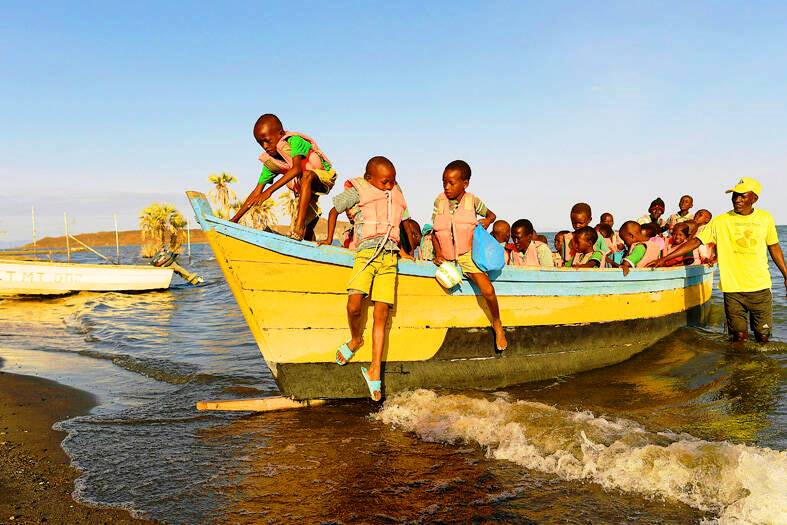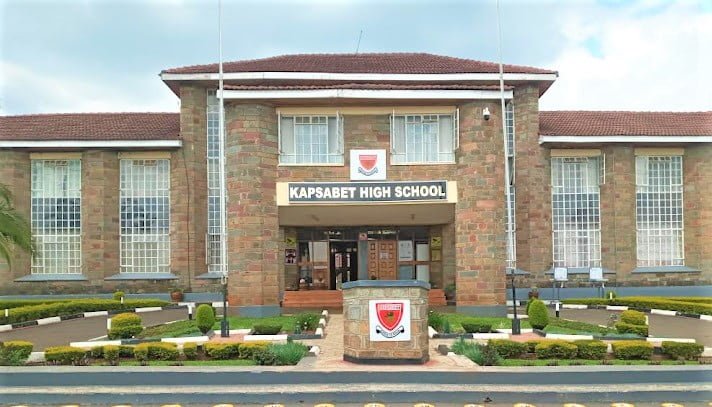El Molo Bay Primary School—the sole institution serving the El Molo community of Loiyangalani—is now half-submerged, swallowed by the rising waters of Lake Turkana.
For children, a typical school day no longer begins with a walk, but with a boat ride. Wooden canoes ferry them across the water to reach what remains of their classrooms. The encroaching lake has wrecked homes, flooded latrines, and pushed teachers to improvise lessons on the shrinking patches of dry land.
“We used to walk to school. Now we wait for the boat,” says 11-year-old Dibo, his shorts rolled above his knees.
“It’s like the lake is eating our history,” adds village elder Luka Galgalo, pointing to the water covering the site of his former homestead.
Over the past five years, the surface area of Lake Turkana has expanded by more than 10 per cent. Experts attribute the issue to climate change, heavier-than-usual rainfall, and increased upstream inflows. Yet for the El Molo, science does little to ease the daily struggle. Homes are submerged. Burial sites are erased. Their only school barely functions.
READ ALSO:
The flooding has hit Loiyangalani Ward in Marsabit County, displacing an estimated 500 families in an already marginalised region. Pupils miss classes, while teachers hold lessons in makeshift shelters.
Aid groups, such as the Kenya Red Cross, have stepped in with food and relief supplies, but the dilemma remains: move inland and lose fishing livelihoods, or stay and face advancing waters.
“We are trapped between water and hunger,” said Mary Lokolia, a mother of five whose house is now waist-deep in the lake. “If we leave, we starve. If we stay, we drown.”
As of last month, the lake’s waters continue to rise. The school has become a poignant symbol of this unfolding climate crisis—a reminder of how entire communities are being erased in real time.
From Loiyangalani to the rest of Kenya, this is a wake-up call. Rising waters are not just sinking schools—they are sinking futures. If your area has been affected by flooding, share your photos, videos, and stories. Let us make sure leaders act before more schools disappear beneath the water.
By Joseph Mambili
You can also follow our social media pages on Twitter: Education News KE and Facebook: Education News Newspaper for timely updates.
>>> Click here to stay up-to-date with trending regional stories
>>> Click here to read more informed opinions on the country’s education landscape






